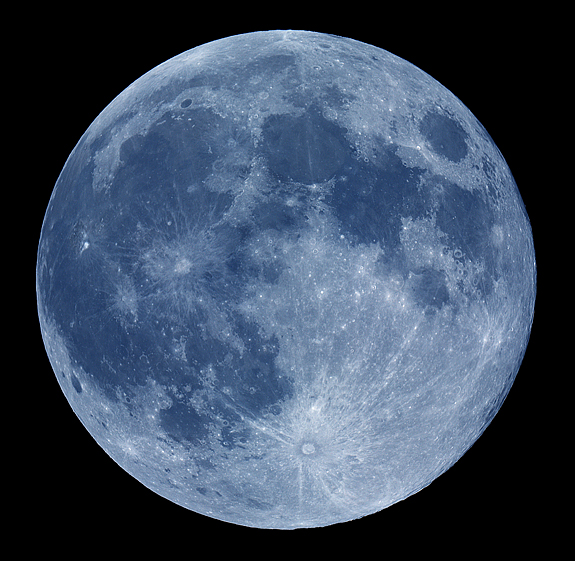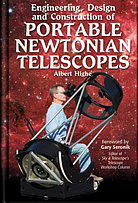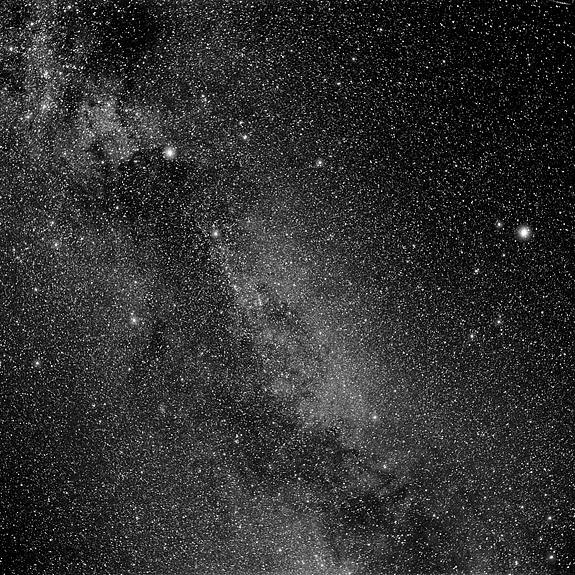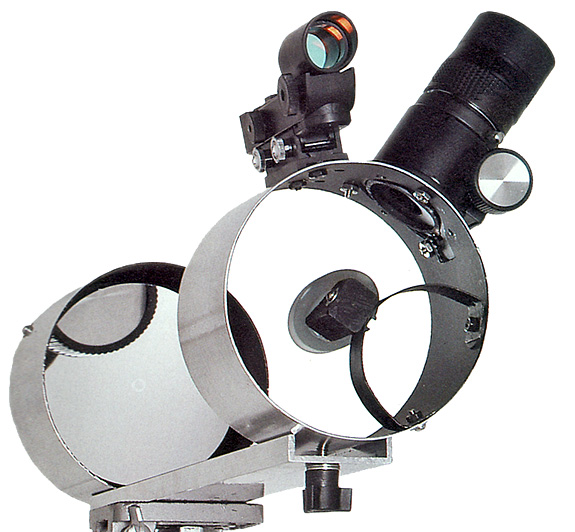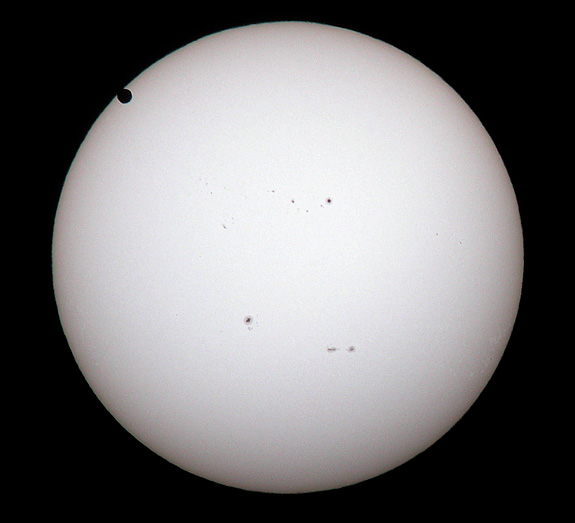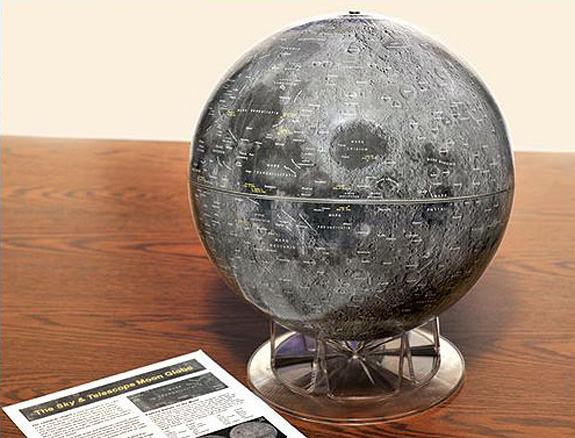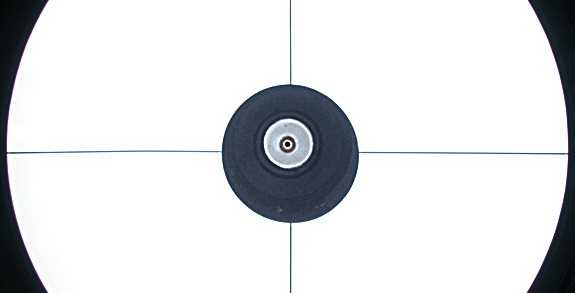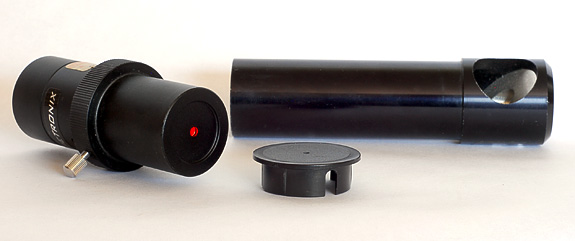
I built my 12.75-inch Dob for less than $700 — much less than a comparable commercially made scope would have cost. But is making your own scope always a money saving proposition? That’s what inquireing minds (canine or otherwise) want to know.
For diehard ATMs, building telescopes is a way of life. But for others, the decision about whether or not to make a scope often hinges on economics. Will I save money building my own? The question shows up regularly in on-line forums and in my e-mail box. Before the emergence of a large-scale commercial telescope industry, the answer was a definite “yes!” But with the current abundance of low-cost, imported Dobs, and the increasing expense (and scarcity) of telescope-making supplies, it’s reasonable to wonder if it’s still possible to save a few bucks by going the home-made route. The prevailing conventional wisdom says “no,” but my own experiences suggest the answer isn’t as cut and dried as that.
Continue reading “Telescope Economics: To Build or To Buy?”

